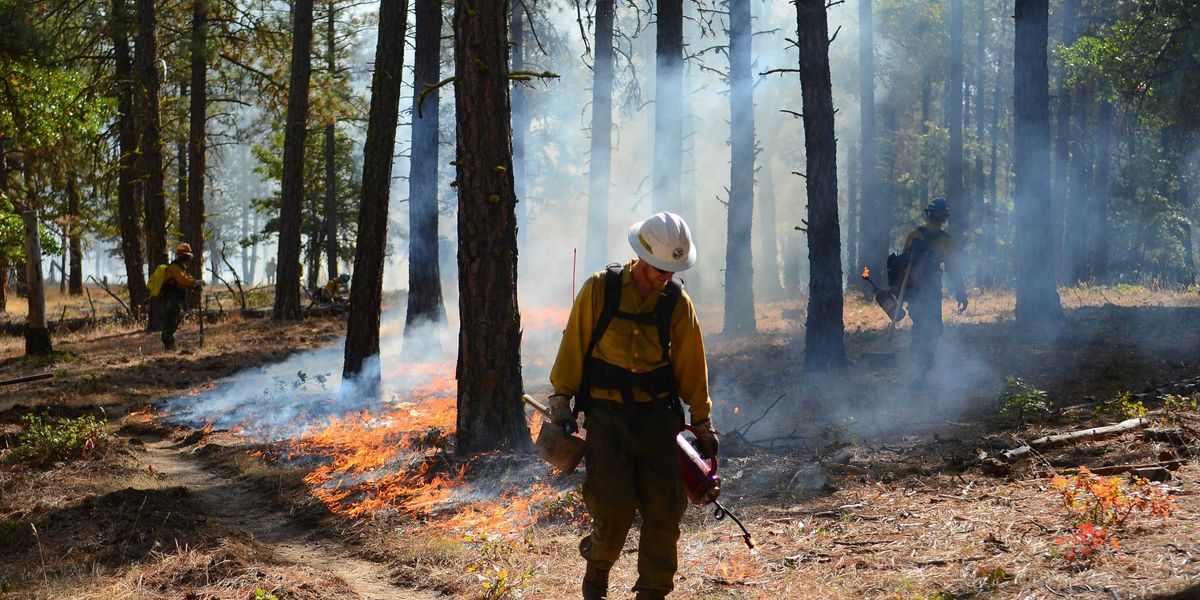New homes in B.C. are cutting rent, carbon, and ER visits
After moving into an energy-efficient social housing unit in New Westminster, Margaret Wanyoike’s family saw not just lower rent — but better health and clean air too. They're not alone.
Shannon Waters reports for The Narwhal.
In short:
- British Columbia’s nonprofit housing groups are building and retrofitting homes that fight both the housing and climate crises— keeping residents safe from wildfire smoke and deadly heat waves.
- Rent in climate-resilient units can be as low as $775, thanks to government support like B.C.’s Community Housing Fund and a building code that rewards energy efficiency and cooling systems.
- Some retrofits are done without displacing vulnerable tenants, preserving low rents while cutting carbon emissions by up to 90%.
Key quote:
“All homes should have these things because why would you build a home today that doesn’t have some kind of cooling and some kind of filtration? This is not going to get any better anytime soon and I don’t think money should be the dictating factor of having access to clean air and not dying of heat exhaustion.”
— William Azaroff, CEO of Brightside Community Homes Foundation
Why this matters:
Welcome to a quiet revolution in British Columbia, where nonprofit housing groups are showing what’s possible when climate policy meets basic human need. As the climate crisis pushes extreme heat and smoke into our daily lives, housing becomes a frontline defense. Smart housing policy can cut emissions, protect health, and ensure low-income families aren’t left behind. What’s happening in Metro Vancouver can represent a blueprint for cities everywhere.
Read more: People need shelter from climate change — their health hangs in the balance













